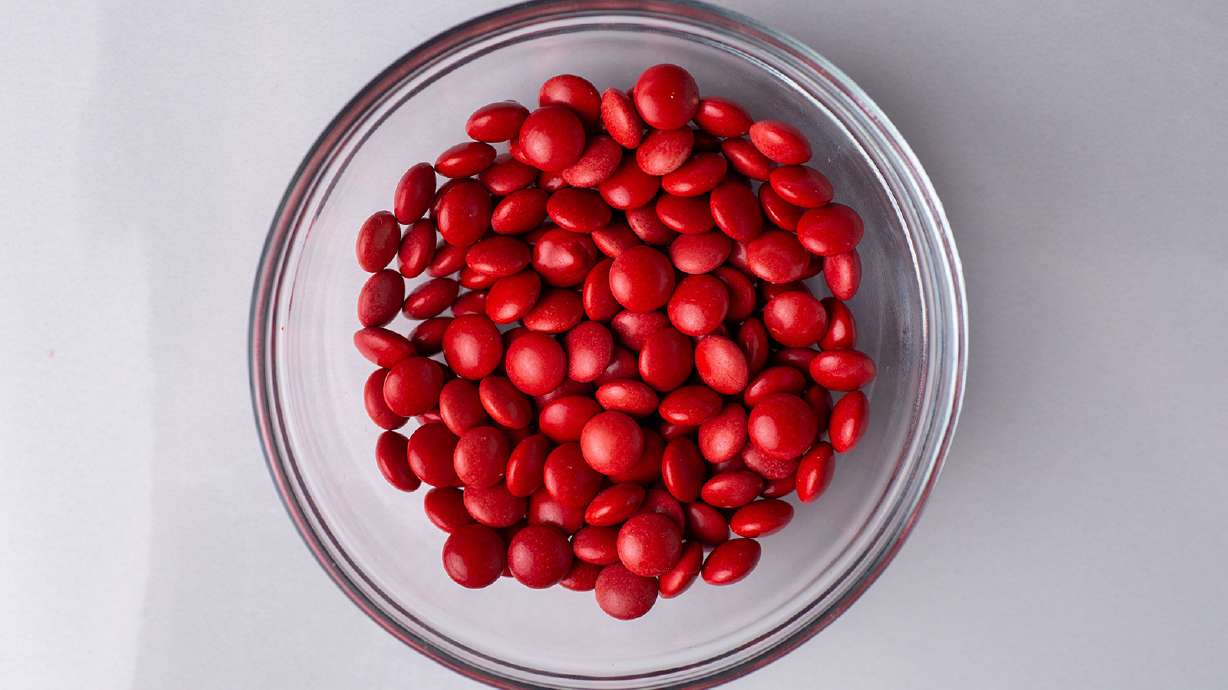Estimated read time: 4-5 minutes
This archived news story is available only for your personal, non-commercial use. Information in the story may be outdated or superseded by additional information. Reading or replaying the story in its archived form does not constitute a republication of the story.
SACRAMENTO, Calif. — Some chemicals linked to health issues have been banned in food products in the European Union, while the United States has allowed use at levels determined safe. A bill recently introduced in the California State Assembly could start to change that.
Assembly Bill 418, or AB 418, seeks to prohibit the manufacture, sale or distribution of food products in California containing red dye No. 3, titanium dioxide, potassium bromate, brominated vegetable oil or propylparaben, according to a news release from the Assembly member Jesse Gabriel's office, who introduced the bill with fellow Democratic lawmaker Buffy Wicks. If passed, the bill would go into effect January 1, 2025.
Titanium dioxide is a powder used as a white colorant or to give a smooth texture in candies and other processed foods. Potassium bromate is added to baked goods to help dough strengthen and rise higher. In some beverages, brominated vegetable oil keeps citrus flavoring from floating to the top. Propylparabens are used for antimicrobial food preservation.
In the EU, these chemicals are banned "due to scientific studies that have demonstrated significant public health harms, including increased risk of cancer, behavioral issues in children, harm to the reproductive system, and damage to the immune system," Gabriel's news release says.
A search of the Environmental Working Group's Eat Well Guide returns nearly 3,000 products that use red dye No. 3 as an ingredient, including popular candies such as Skittles, Nerds candies and Trolli gummies; protein shakes; instant rice and potato products; and boxed cake mixes.
The National Confectioners Association, a trade organization based in Washington, DC, released a statement on March 23 in response to the bill's introduction: "Chocolate and candy are safe to enjoy, as they have been for centuries. We strongly oppose AB 418 because there is no evidence to support banning the ingredients listed in the bill. The ingredients that would be banned under this proposal have all been approved by the U.S. Food and Drug Administration. Food safety is the No. 1 priority for U.S. confectionery companies, and we do not use any ingredients in our products that do not comply with the FDA's strictest safety standards."
"We know that they are harmful and that children are likely eating more of these chemicals than adults," Susan Little, senior advocate of California government affairs for the Environmental Working Group, said in Gabriel's release. "It makes no sense that the same products food manufacturers sell in California are sold in the EU but without these toxic chemicals."
FDA loophole
The chemicals can be used in foods because of a loophole in the U.S. Food and Drug Administration's Federal Food, Drug and Cosmetic Act that's known as the Generally Recognized as Safe rule. In the context of food, the guidance states the use of certain additives is not subject to premarket approval requirements if the additives meet specific criteria that experts have deemed to be safe for consumption.
A California Office of Environmental Health Hazard Assessment study that found red dye No. 3 can make children vulnerable to behavioral difficulties — such as decreased attention — also concluded that current federal levels for safe intake of food dyes might not protect children's brain health. The analysis noted that the current legal levels, set decades ago by the FDA, don't consider newer research, according to the Environmental Working Group.
An FDA spokesperson declined to comment to CNN due to the pending legislation.
Linda Birnbaum, former director of the National Institute of Environmental Health Sciences, expressed support for the bill during a Thursday news conference advocating for the removal of red dye No. 3 from food products.
"As California goes, eventually so goes the nation because manufacturers don't want to make things that they can't sell to the fifth-largest economy in the world," Birnbaum said. "So California's actions have major impact not only in the U.S. but worldwide."
How to avoid some of these ingredients
The FDA requires manufacturers to list red dye No. 3 as an ingredient on food labels. Those who are concerned should check ingredient lists as a first step. Red dye No. 3 is listed as "FD&C Red #3."
In medications, you can look for dyes in the "inactive ingredients" section or look for dye-free versions of some drugs, Consumer Reports suggests.








